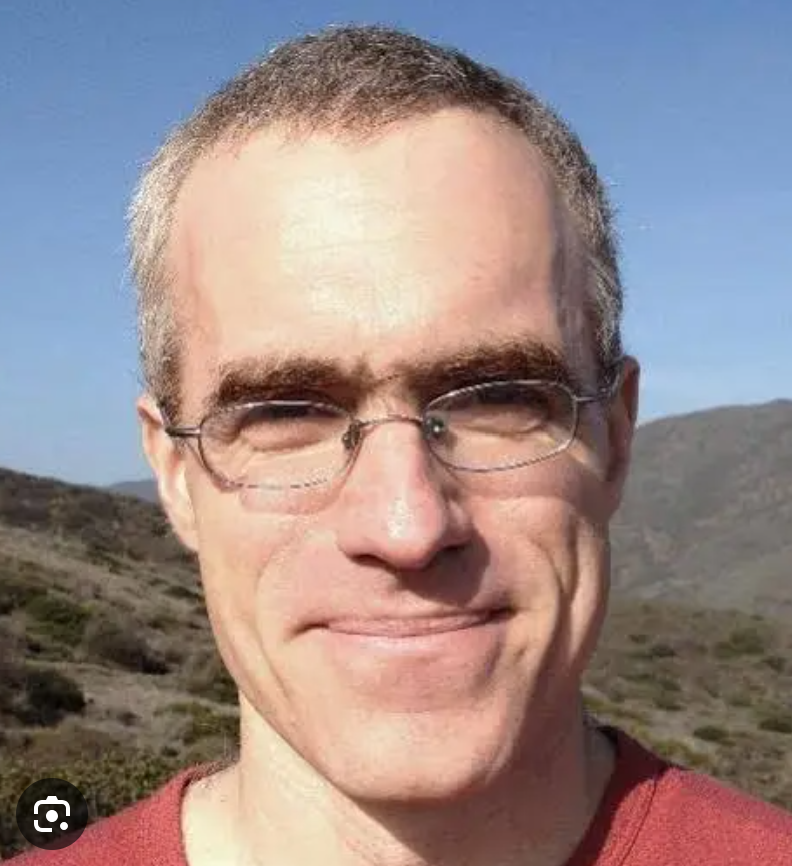Feel free to use the form below in order to send us a message, we are happy to hear from you!
-
Mars - What we’ve Learned and What Humanity is Planning Next
Daniel Limonadi (NASA-JPL)
Next CAS Meeting
November 5th at 7 pm
Leander McCormick Observatory
-
Abstract:
This talk will cover the history Mars exploration starting from the earliest telescope observations through the modern era and will close with brief highlights of the latest plans for future robotic and human exploration. -
CV:
Mr. Limonadi is the chief system engineer for the Earth Science and Technology Directorate at JPL, where he is responsible for supporting activities ranging from technology and new process development, flight project formulation and implementation, through providing advice on strategic direction. He has been at JPL since 1999 and has held system engineering leadership positions on several Earth science flight project and research and development tasks, the Curiosity Rover project, and the Mars Exploration Rover project.
Before coming to JPL, Daniel worked at Hughes Space and Communications on the development of the HS-702 spacecraft product line. He received his B.S. degree in Aerospace Engineering from the University of California at Los Angeles, and enjoys taking continuing education classes in engineering and Earth system science. He has received two NASA Exceptional Achievement medals. He is a lifelong space geek, and has a passion for solving civilization scale problems as well as STEM outreach.


